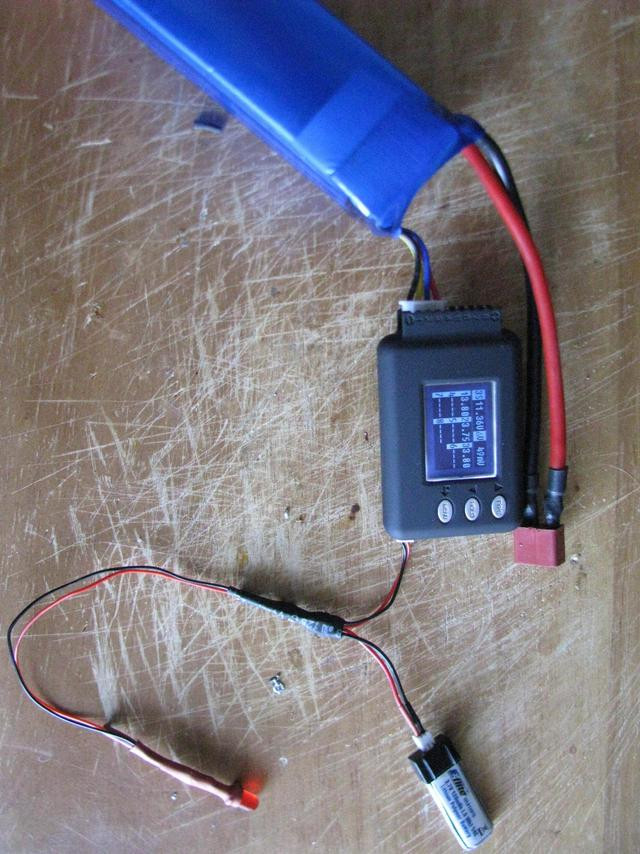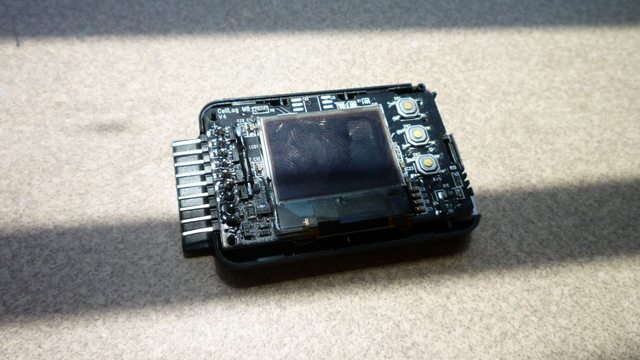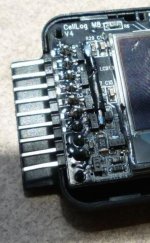Doctorbass
100 GW
This equalize drain mod interest me alot.
I wonder if it's possible to mod it to use with 6s only and have the current drain on all 7 firsts pins to be equal ?
Me and some user are using 4 x 6s packs and are using 4x(6s) x celllog8 instead of 3x(8s) becasue it's easy to make parallel 44.4V or serie 88.8V with 4 groups of 6s.
I like the jumper of D4 and D5 and the 7.5k on the first cell but is it ok only for 8s to be current balanced? or it work with 6s too? I mean does i need to have a load on the cel 7 and 8 input on the celllog?
by the way, the relay i found to mecanically insulate the celllog are very small.. maybe 5 cubic cm for 4 contact insulation.
these relay are from surplus andcost around 2$ each.
Doc
I wonder if it's possible to mod it to use with 6s only and have the current drain on all 7 firsts pins to be equal ?
Me and some user are using 4 x 6s packs and are using 4x(6s) x celllog8 instead of 3x(8s) becasue it's easy to make parallel 44.4V or serie 88.8V with 4 groups of 6s.
I like the jumper of D4 and D5 and the 7.5k on the first cell but is it ok only for 8s to be current balanced? or it work with 6s too? I mean does i need to have a load on the cel 7 and 8 input on the celllog?
by the way, the relay i found to mecanically insulate the celllog are very small.. maybe 5 cubic cm for 4 contact insulation.
these relay are from surplus andcost around 2$ each.
Doc






